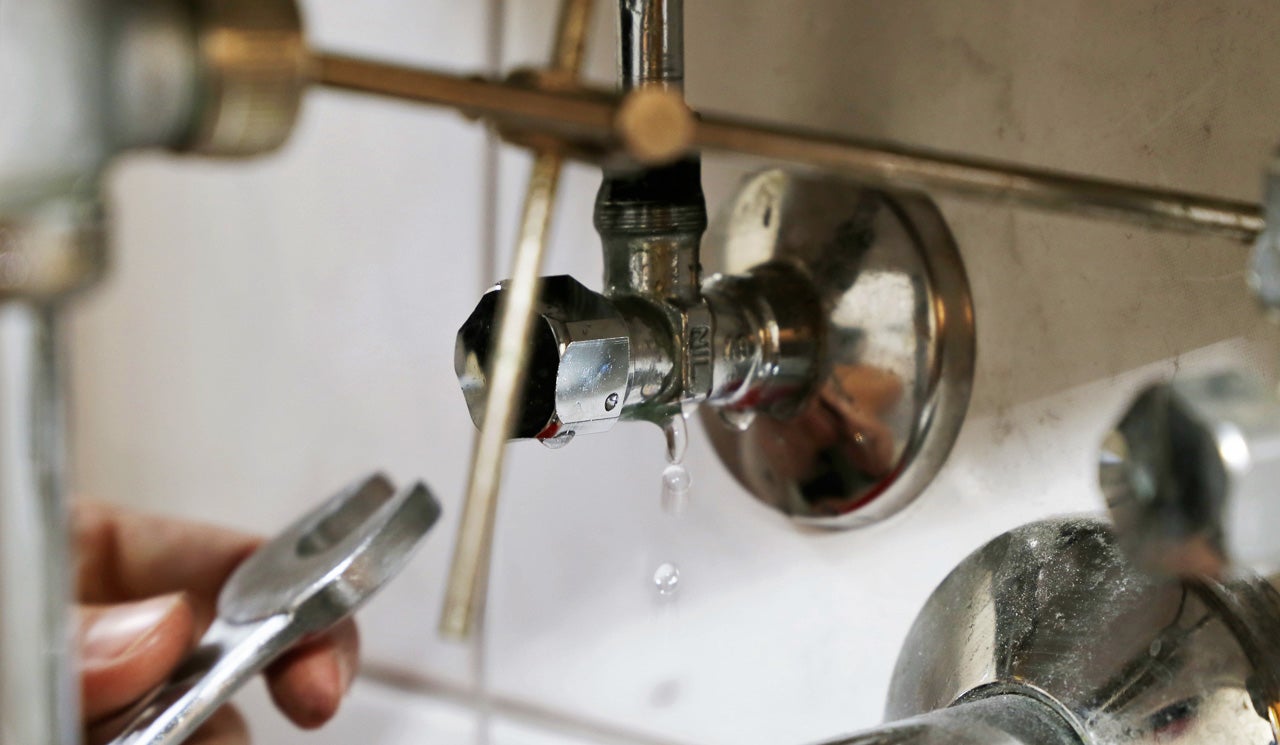Detecting Concealed Water Line Leaks: 6 Clever Methods
Detecting Concealed Water Line Leaks: 6 Clever Methods
Blog Article
This article listed below about Finding hidden leaks is quite enlightening. You should investigate it.

Early detection of leaking water lines can mitigate a prospective disaster. Some small water leakages may not be noticeable.
1. Take A Look At the Water Meter
Every house has a water meter. Examining it is a surefire manner in which aids you discover leakages. For beginners, shut off all the water sources. Ensure no person will certainly purge, use the faucet, shower, run the cleaning device or dish washer. From there, most likely to the meter as well as watch if it will change. Given that no one is utilizing it, there ought to be no motions. If it moves, that indicates a fast-moving leak. If you spot no adjustments, wait a hr or two as well as check back once more. This implies you might have a sluggish leak that can even be underground.
2. Check Water Consumption
Assess your water bills as well as track your water intake. As the one paying it, you should notice if there are any kind of discrepancies. If you identify sudden changes, despite your consumption coinciding, it suggests that you have leaks in your plumbing system. Remember, your water bill ought to fall under the same array on a monthly basis. An abrupt spike in your costs indicates a fast-moving leak.
Meanwhile, a consistent rise on a monthly basis, despite having the exact same behaviors, shows you have a sluggish leak that's additionally gradually rising. Call a plumber to thoroughly check your residential or commercial property, especially if you feel a warm area on your flooring with piping below.
3. Do a Food Coloring Test
When it comes to water consumption, 30% originates from bathrooms. Examination to see if they are running properly. Decrease flecks of food color in the tank and wait 10 minutes. If the shade in some way infiltrates your bowl throughout that time without flushing, there's a leak in between the container and dish.
4. Asses Exterior Lines
Don't forget to examine your outdoor water lines too. Test faucets by connecting a garden hose. Ought to water permeate out of the connection, you have a loose rubber gasket. Change this and guarantee all connections are tight. If you have actually obtained an automatic sprinkler, it will certainly assist get it skillfully analyzed and also maintained annually. One little leakage can waste tons of water and surge your water costs.
5. Examine as well as Examine the Circumstance
Homeowners must make it a behavior to inspect under the sink counters and also inside closets for any type of bad odor or mold and mildew development. These two warnings suggest a leakage so timely focus is needed. Doing regular inspections, even bi-annually, can save you from a major problem.
Inspect for stainings and also damaging as a lot of pipelines and home appliances have a life expectancy. If you think dripping water lines in your plumbing system, don't wait for it to rise.
Early discovery of leaking water lines can reduce a potential catastrophe. Some little water leakages may not be noticeable. Inspecting it is a surefire way that helps you uncover leakages. One tiny leakage can squander loads of water and increase your water costs.
If you think dripping water lines in your plumbing system, don't wait for it to intensify.
WARNING SIGNS OF WATER LEAKAGE BEHIND THE WALL
PERSISTENT MUSTY ODORS
As water slowly drips from a leaky pipe inside the wall, flooring and sheetrock stay damp and develop an odor similar to wet cardboard. It generates a musty smell that can help you find hidden leaks.
MOLD IN UNUSUAL AREAS
Mold usually grows in wet areas like kitchens, baths and laundry rooms. If you spot the stuff on walls or baseboards in other rooms of the house, it’s a good indicator of undetected water leaks.
STAINS THAT GROW
When mold thrives around a leaky pipe, it sometimes takes hold on the inside surface of the affected wall. A growing stain on otherwise clean sheetrock is often your sign of a hidden plumbing problem.
PEELING OR BUBBLING WALLPAPER / PAINT
This clue is easy to miss in rooms that don’t get much use. When you see wallpaper separating along seams or paint bubbling or flaking off the wall, blame sheetrock that stays wet because of an undetected leak.
BUCKLED CEILINGS AND STAINED FLOORS
If ceilings or floors in bathrooms, kitchens or laundry areas develop structural problems, don’t rule out constant damp inside the walls. Wet sheetrock can affect adjacent framing, flooring and ceilings.
https://www.servicemasterbyzaba.com/blog/how-to-detect-water-leakage-in-walls/

I discovered that post about Detecting hidden plumbing leaks while doing a search on the search engines. Appreciated our piece of writing? Please share it. Help another person check it out. Thank you so much for taking the time to read it.
Expertise? Call us! Report this page